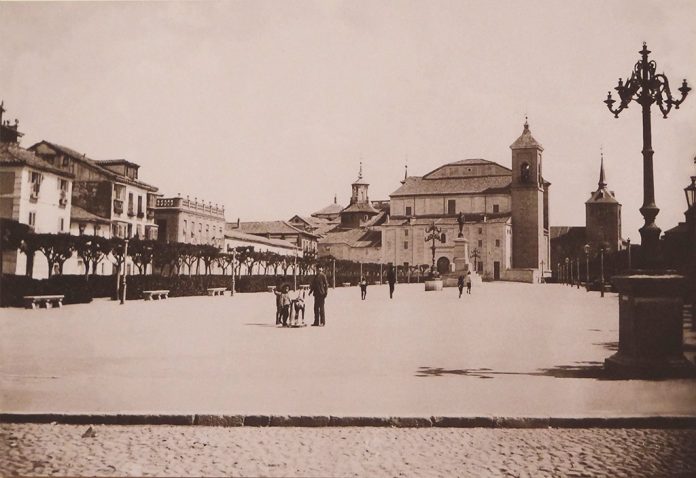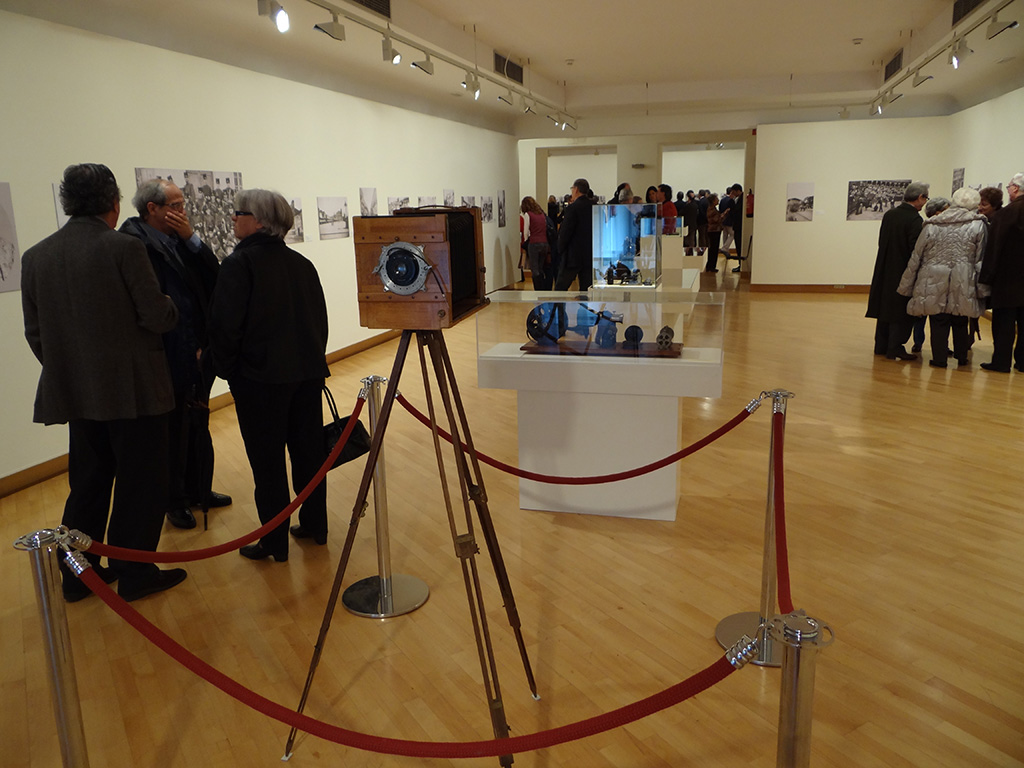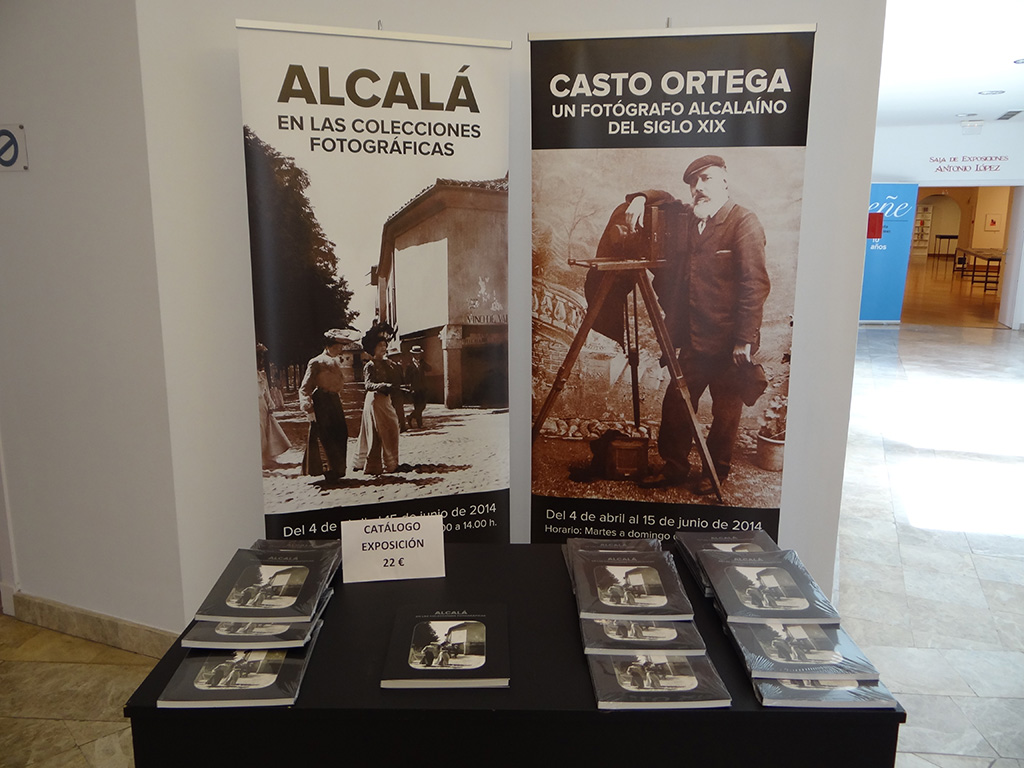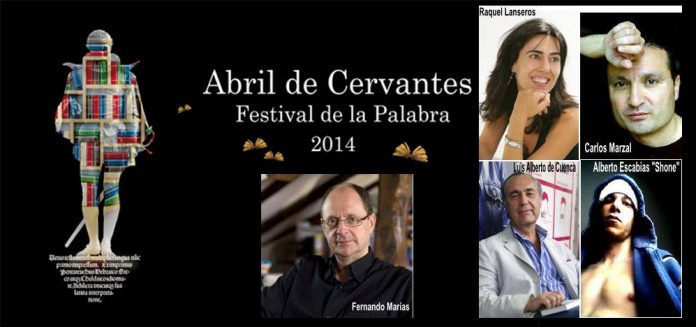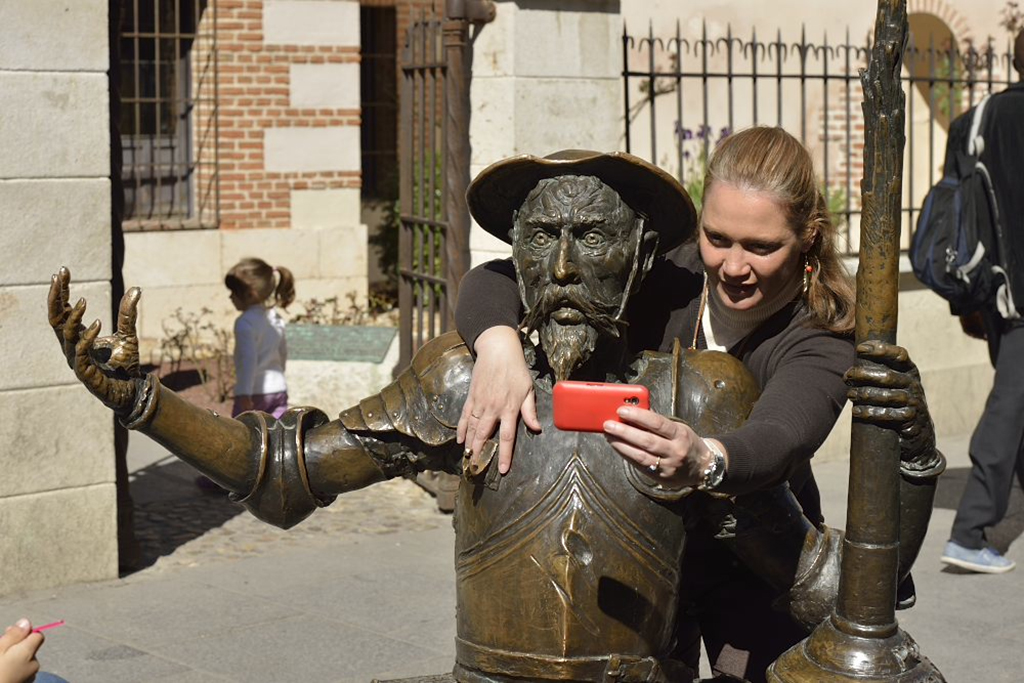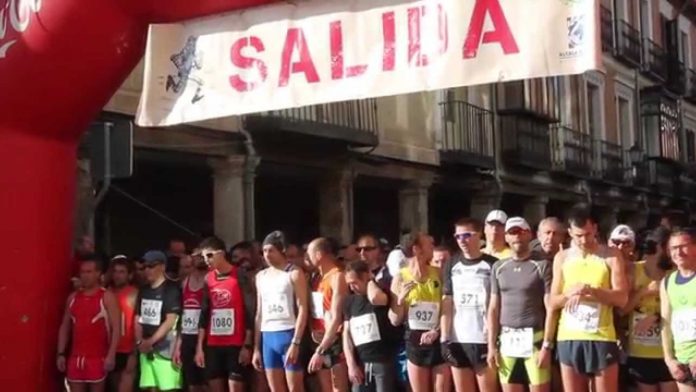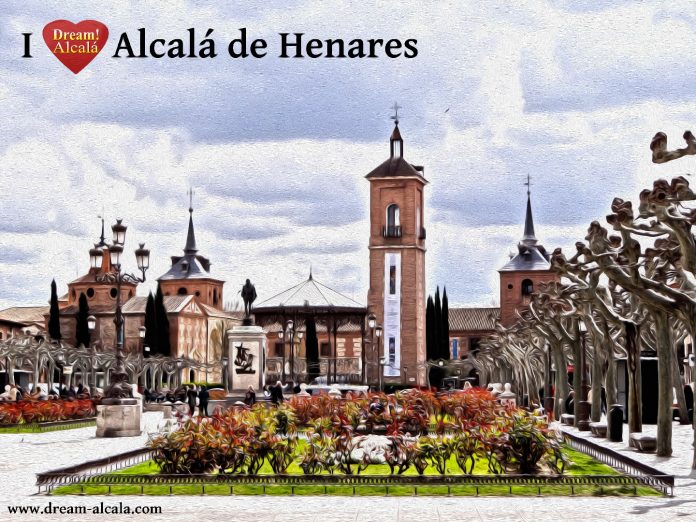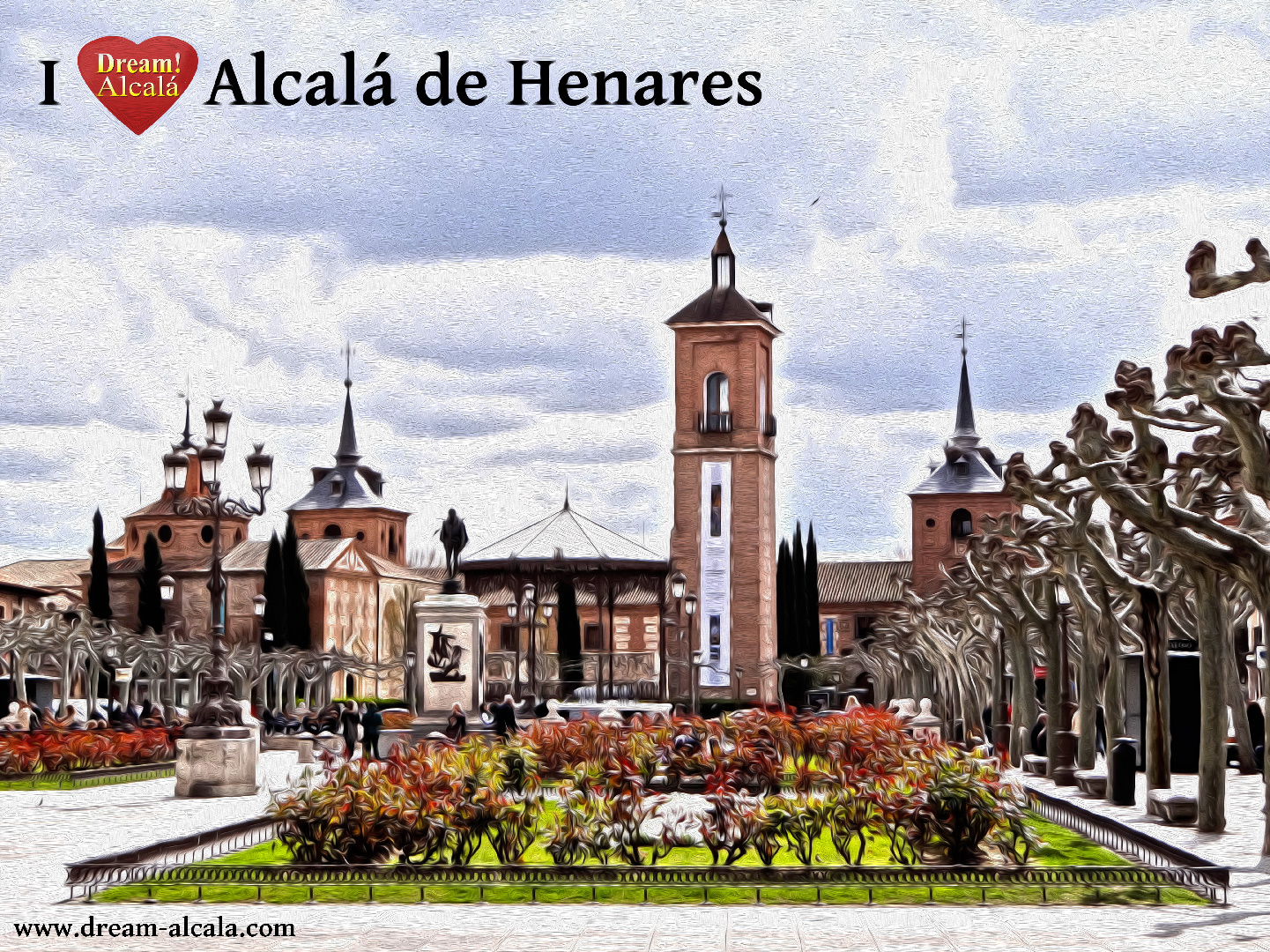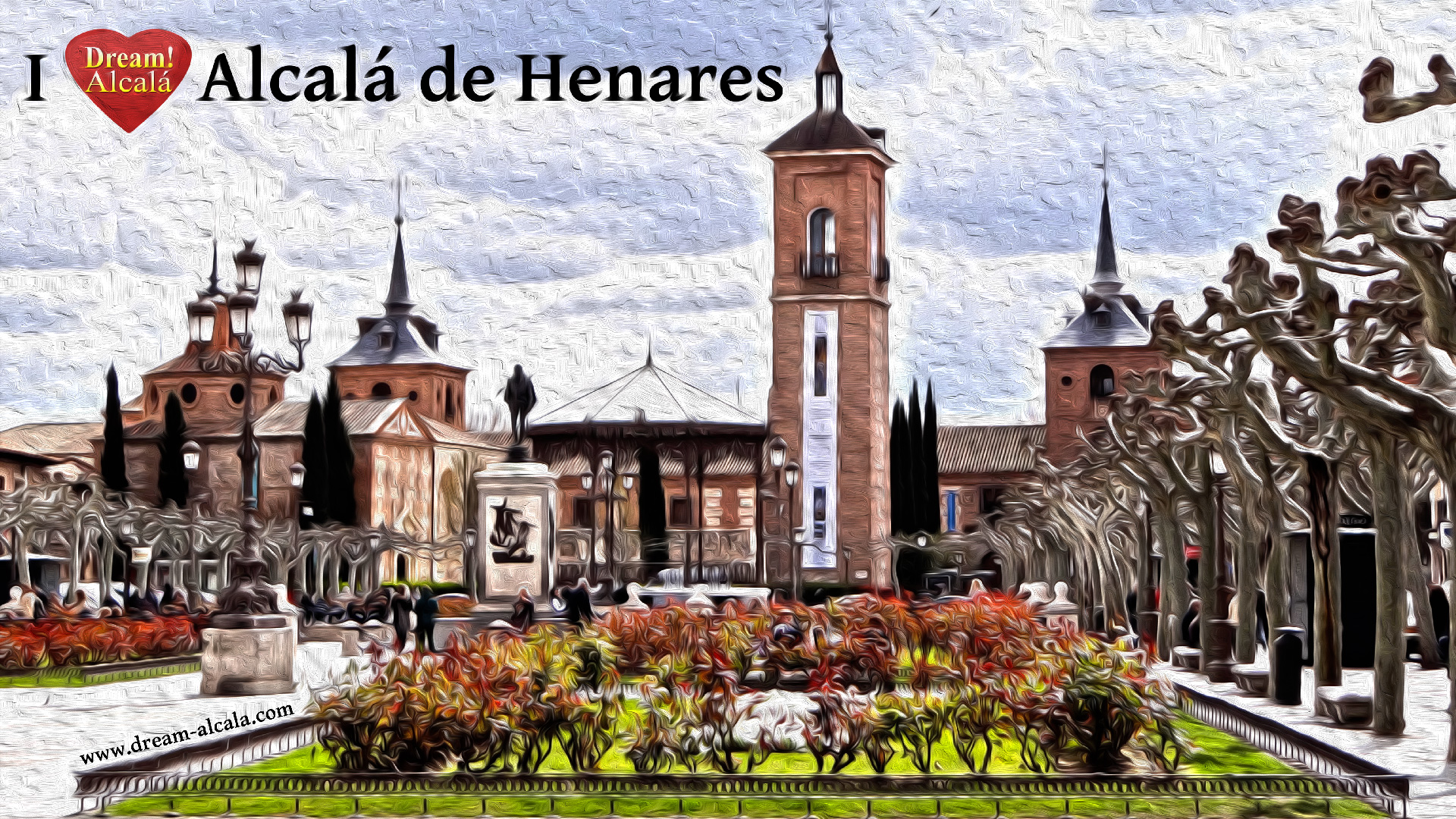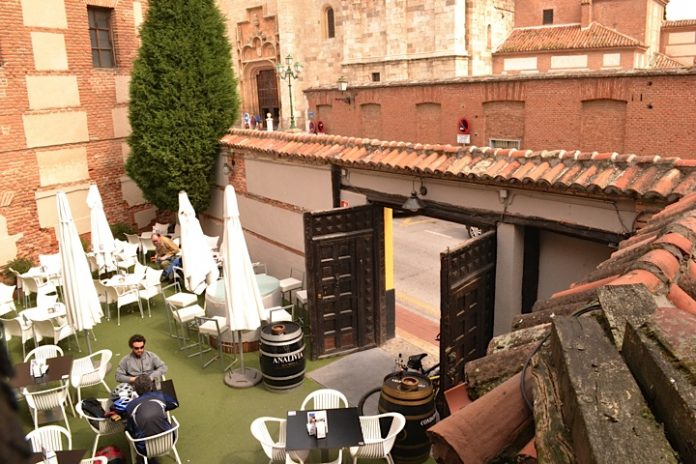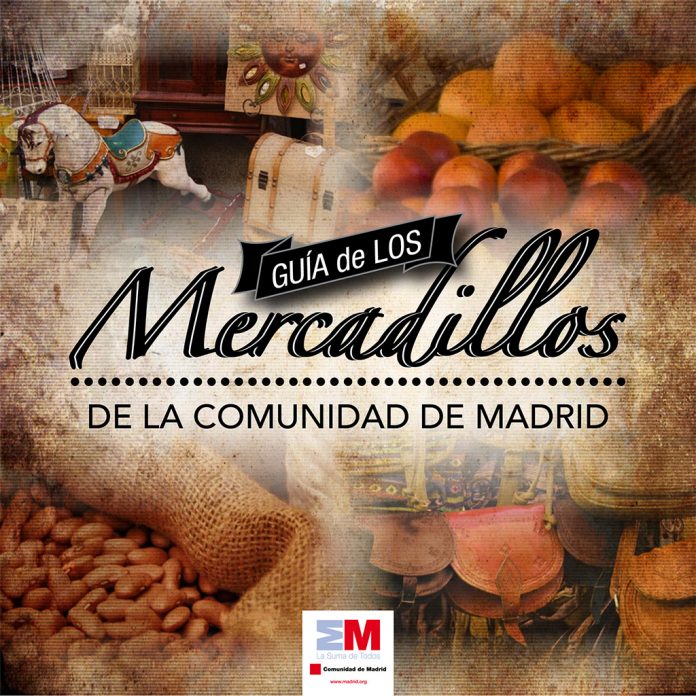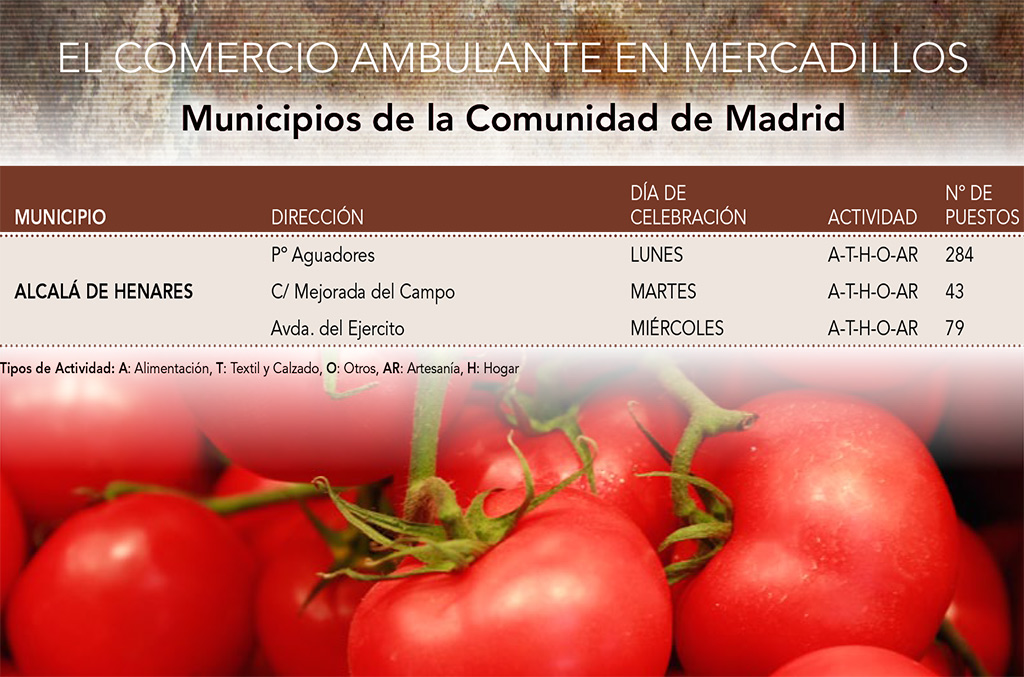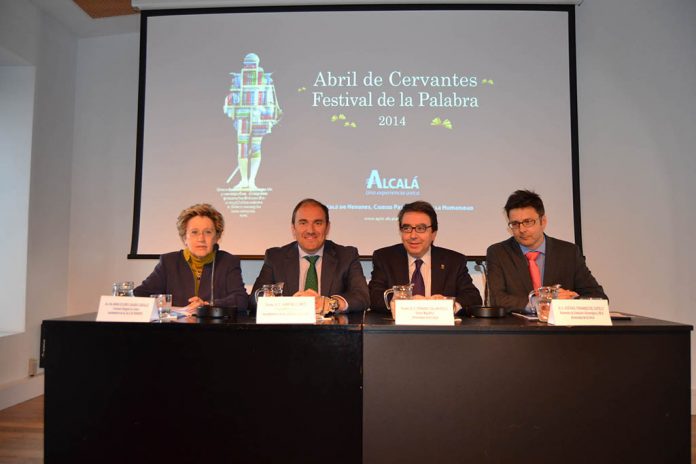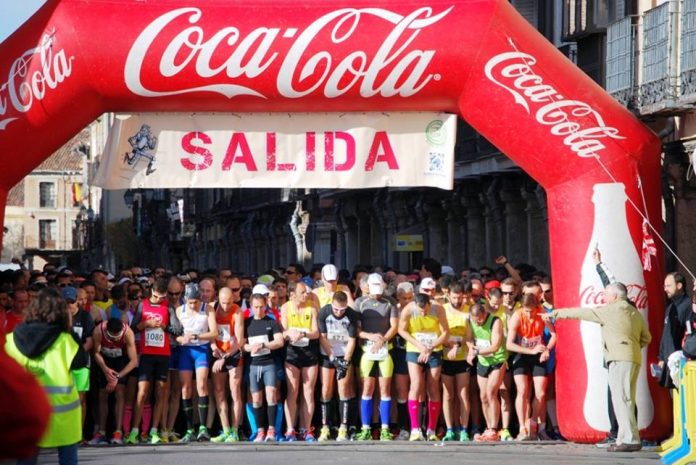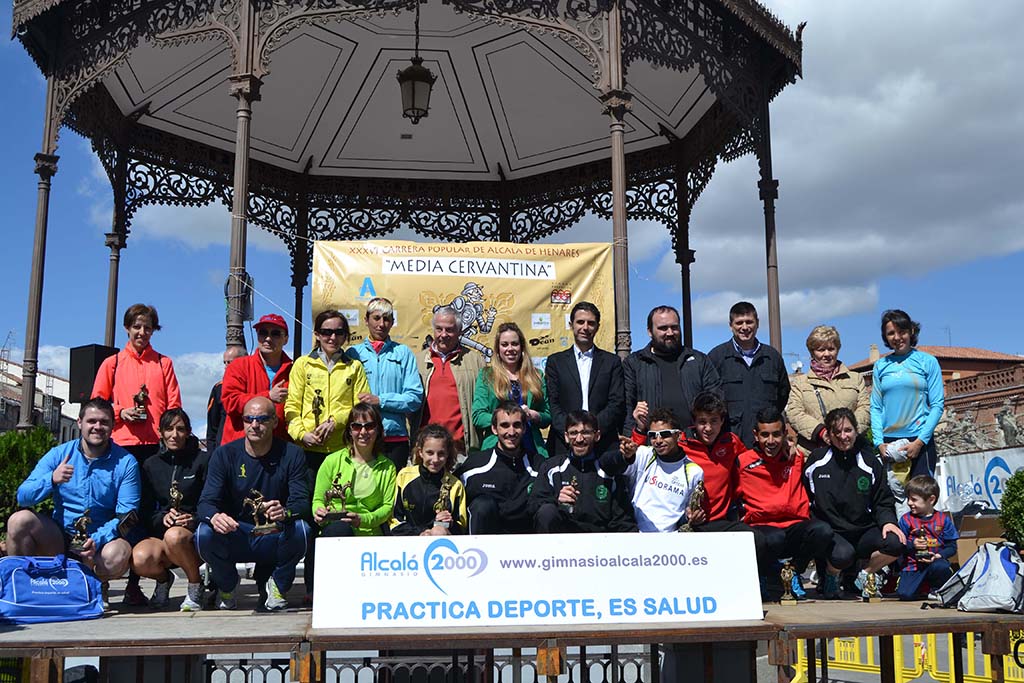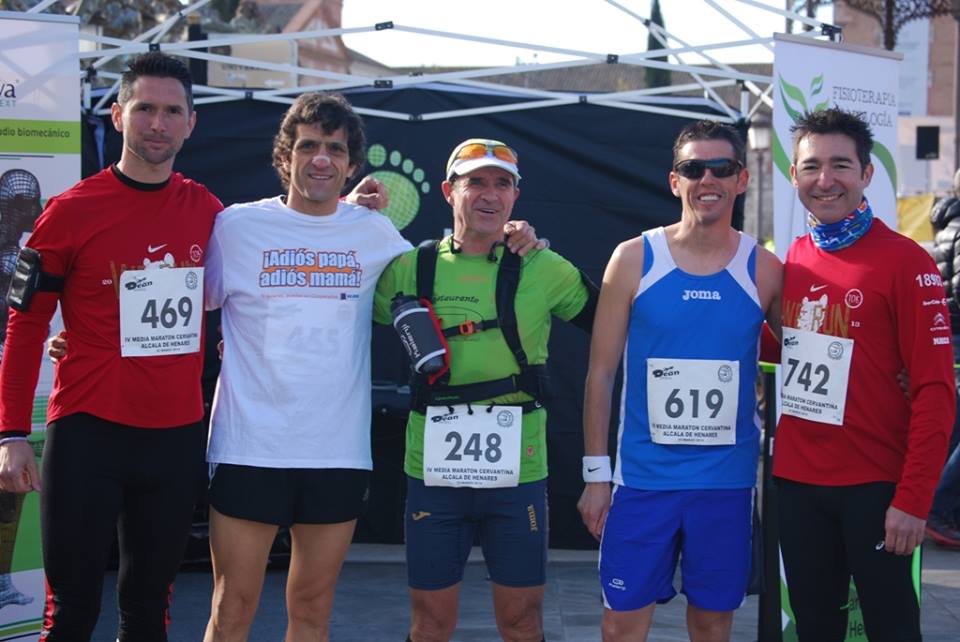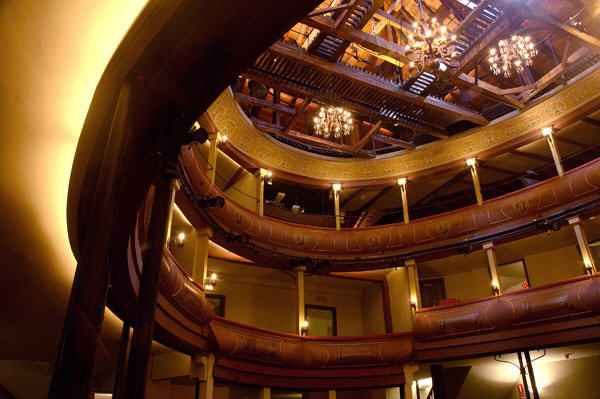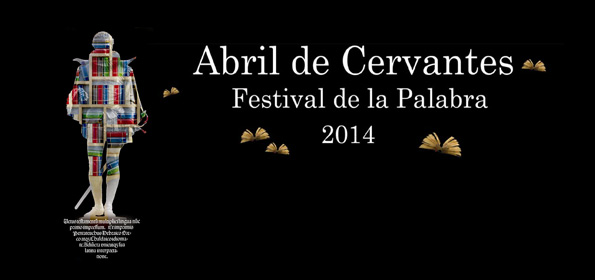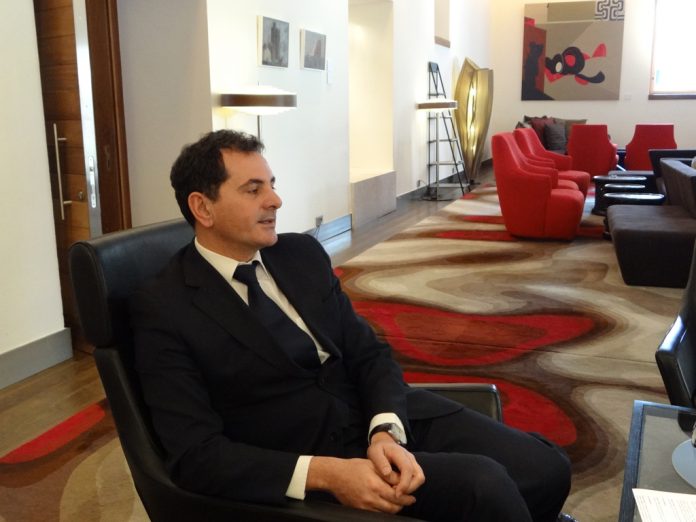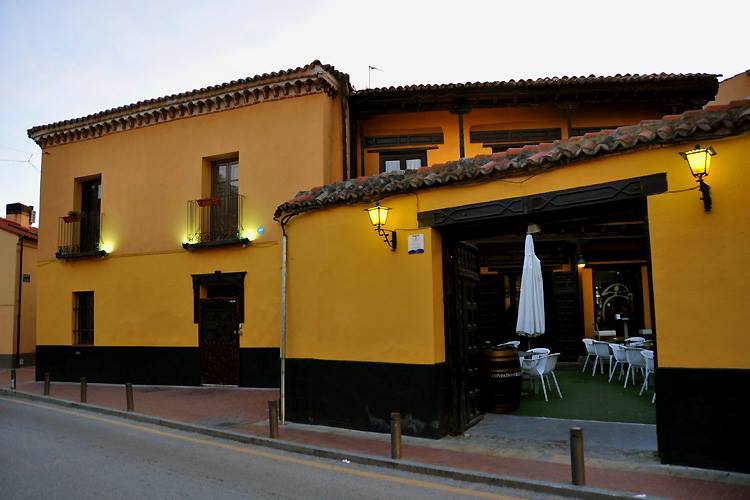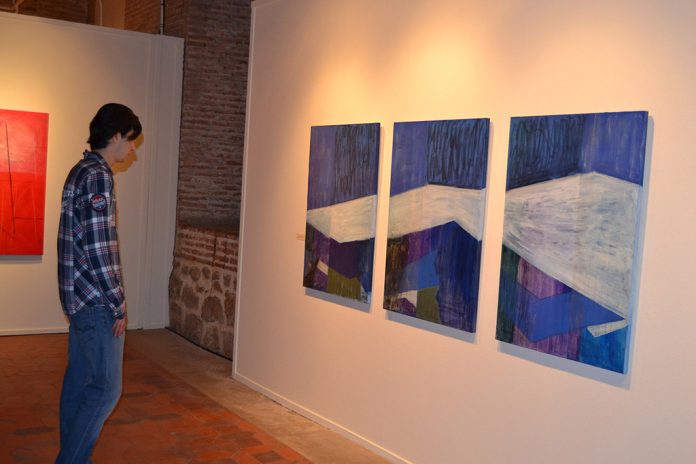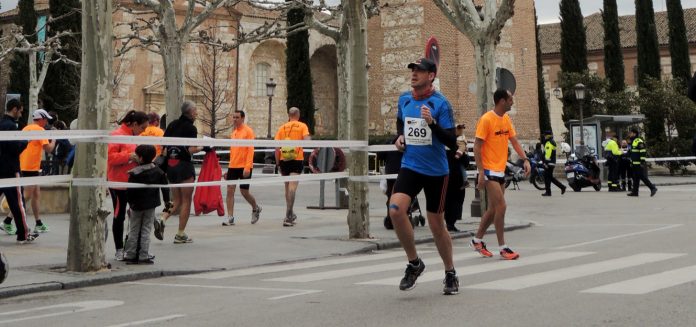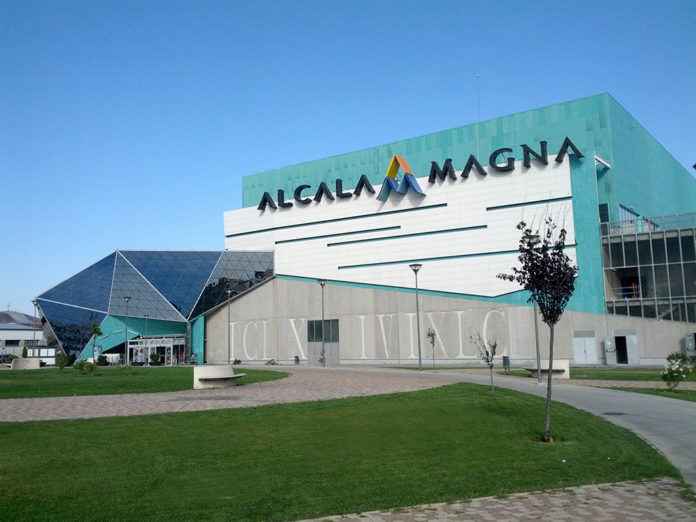José Valdearcos Cabrera, director de alimentos y bebidas del Parador de Alcalá de Henares, ha formado parte del exclusivo tribunal de catadores internacionales de Vinalié internacional.
El concurso Vinalié internacional, celebrado entre el 1 y el 5 de marzo, iniciado y organizado en París por la Unión de Enólogos de Francia, nace con el objetivo de recompensar las mejores producciones vitivinícolas del mundo y garantizarles el debido reconocimiento, además de su promoción.
Vinalié internacional ha reunido 3.500 muestras procedentes de todas las regiones del mundo, y han participando un total de 41 países.
En esta ocasión el tribunal ha estado compuesto por 140 catadores internacionales divididos en mesas de 5 ó 7 miembros cada una según el reglamento de la OIV (Organización Internacional del Vino).
Cada mesa ha de estar compuesto por dos franceses y tres extranjeros, siendo el Presidente de mesa un enólogo francés, confiando a cada uno de ellos su responsabilidad que consiste en otorgar a cada muestra una puntuación y un comentario de cata de manera individual y a ciegas, que recoge el Presidente de la mesa en tiempo real (según un sistema informatizado). De este modo se inicia después un debate para llegar a un consenso general.
España, tras Francia, ha sido el país que ha aportado más muestras, 265 en total. El resultado es que ha obteniendo 17 medallas de oro y 60 medallas de plata, además de dos trofeos en dos categorías de las 7 que recoge el concurso, al tipo de vino más valorado: un trofeo al blanco seco con D.O. Valdeorras Bioca Godello Selección de Maria Teresa Nuñez Vega y otro trofeo a la mejor categoría de licorosos con D.O Lanzarote, el Grifo de bodegas el Grifo con su malvasía dulce.
Y entre los miembros del jurado internacional de este prestigioso concurso estaba un alcalaíno, José Valdearcos Cabrera. Dream! Alcalá ha querido aprovechar esta oportunidad para charlar con él y conocer más de cerca este concurso y la posición de los vinos españoles dentro de la oferta enológica europea y mundial.

Dream! Alcalá: ¿Podría explicarnos brevemente qué es Vinalie International y cuál es su importancia dentro y fuera de Francia?
José Valdearcos: Vinalie es un concurso de vinos tranquilos y efervescentes a nivel internacional organizado por la Asociación de Enólogos de Francia, dirigido por Doña Béatrice Da Ros que cuenta con el apoyo y garantía de OIV (Organización Internacional de la Viña y el Vino) y con apoyo gubernamental. Tiene la certificación ISO que garantiza y confirma el vínculo de confianza y de respeto que une a Vinalie con los viticultores.
El palmares y sus comentarios de cata son una verdad apreciada por todos los profesionales del sector a nivel internacional, obtener una medalla en Vinalie Internacional es tener la aprobación y el reconocimiento de los compradores del mercado, y sin duda es un trampolín para la comercialización. Todo ello gracias a la notoriedad, imagen de rigor y de precisión de la Unión de Enólogos de Francia y su saber hacer.
Dream! Alcalá: Vinalie International es un concurso de reconocido prestigio, ¿cómo consiguió formar parte de su jurado internacional?
José Valdearcos: Gracias a Paradores he podido formarme en este aspecto, teniendo entre otros maestros a Don Fernando Gurrucharri, Presidente de la Unión Española de Catadores y formador en Paradores de Turismo en una época pasada.
Además de la formación recibida, a catar se aprende catando. Dada mi trayectoria profesional he tenido ocasión de estar en contacto con la Asociaciones de Sumilleres de Castilla León, y he podido ser socio fundador de la Asociación de Sumilleres de León, he participado como miembro técnico en la Estación Enológica del Prieto Picudo, Vinos de la Tierra de León, también he participado en La Nariz de Oro, llegando a la final del prestigioso concurso.
Mi actividad profesional en Paradores, en distintas etapas, me ha llevado a organizar y asesorar en nuestras cartas y a nuestros clientes en la época de Técnico, de Restauración de la Zona Norte de Paradores y en la actualidad como Director de Restauración.
He catado en distintos concursos de vinos de España por toda su geografía destacando Zarcillos, Bacchus y CINVE los tres son españoles con carácter internacional.
Apadrinado por Doña Maria Isabel Mijares Química y Enóloga, Chevalier de la Orden del Merito Agrícola del Gobierno de Francia, Vicepresindeta de la Unión de Sumilleres, Miembro de la Real Academia Española de Gastronómica y Vicepresidenta de la FIJEV, empecé a catar vinos en concurso Internacionales, destacando Vinalie en París y Le Mondial du Rosé en Cannes, donde además he catado aceites del Mundo. Nueve años como miembro Internacional pasando las Cribas que las propias organizaciones realizan, son los que llevo en este tipo de concurso de manera continuada.
Dream! Alcalá: 17 medallas de oro y 60 medallas de plata para los vinos españoles parece un resultado magnífico ¿Diría que se corresponde con la situación actual de las bodegas españolas dentro del mercado internacional? ¿Se conocen suficientemente los vinos españoles fuera de nuestras fronteras?
José Valdearcos: España en 2013 ha sido el país con mayor producción de vino del mundo. Cierto es que cada vez más TODAS las regiones de España, además de cantidad, producen Calidad. En mi opinión las personas entendidas y relacionadas con el Mundo del Vino sí que nos dan el reconocimiento de tener unas magnificas bodegas, magníficos vinos y un precio muy atractivo a nivel internacional. Creo que el marketing y la Promoción debería ser de manera continuada los pilares fundamentales para la prosperidad, ya que el producto es de calidad. De esta manera se podrían abrir mercados emergentes y de Calidad como China y Rusia.
Dream! Alcalá: Francia es un país con una larga tradición vinícola, ¿cuál es la opinión que tienen de nuestros vinos? ¿Qué bodegas son las que actualmente gozan de más prestigio fuera de nuestras fronteras?
José Valdearcos: Sin duda los Enólogos y bodegueros saben que somos verdaderos competidores a nivel internacional, respetan y aplauden nuestros vinos. A mí me enorgullece saber que en la mayoría de estos concursos, España siempre se lleva una cantidad de medallas importante, con un porcentaje muy elevado según las muestras que se que presenta. No es casualidad.
Sobre las bodegas que gozan de mayor prestigio me vienen muchas a la cabeza. Más que mencionar bodegas, sí que puedo mencionar D.O muy conocidas y valoradas a nivel internacional como las de la Rioja, Ribera del Duero, Jerez, Albariños y Pénedes por la producción del cava junto a los vinos del Priorato.
Dream! Alcalá: El Parador de Alcalá celebra regularmente eventos que fusionan experiencias gastronómicas concretas con vinos españoles. ¿Qué aceptación tienen estas jornadas? ¿Cuál es su público principal? ¿el experto en vinos o un público dispuesto a probar nuevas experiencias?
José Valdearcos: El Parador de Alcalá en su afán de promocionar la cultura y la gastronomía de su entorno, desarrolla esta actividad creando un menú degustación y armonizándolo con los vinos de una bodega invitada que quiera participar en esta acción y vivir esta experiencia. En ella, un grupo reducido de entre 40 y 50 comensales aproximadamente puede disfrutar de una velada inolvidable, fusionando el Parador de Alcalá y la Bodega invitada a participar.
Estas experiencias FUSIÓN que el Parador de Alcalá ofrece a sus clientes, nacen como respuesta a la demanda de clientes que se interesan cada día más por conocer el apasionante mundo del vino.
El objetivo que el Parador de Alcalá pretende es el de dar a conocer un servicio de calidad, fusionándose con una bodega de prestigio y creando una experiencia única. Apoyándonos en nuestra marca Paradores, en el marco incomparable de nuestros edificios, restaurantes, la gastronomía que ofrecemos y la calidad de nuestros productos. Dando pié a que las Bodegas más prestigiosas de España puedan utilizar nuestro escenario promocionando sus referencias de vinos y de esta manera llegar directamente a un público determinado con el producto de calidad.
Hemos conseguido una fidelidad con los clientes en esta actividad que personalmente me causa mucho respeto, ya que la mayoria de los comensales asiduos da un valor muy importante a este tipo de actividades, donde la Hostería del Estudiante se convierte en Escenario Cultural Gastronómico con talleres del vino, quesos, aceites, panes etc.
Más información:



